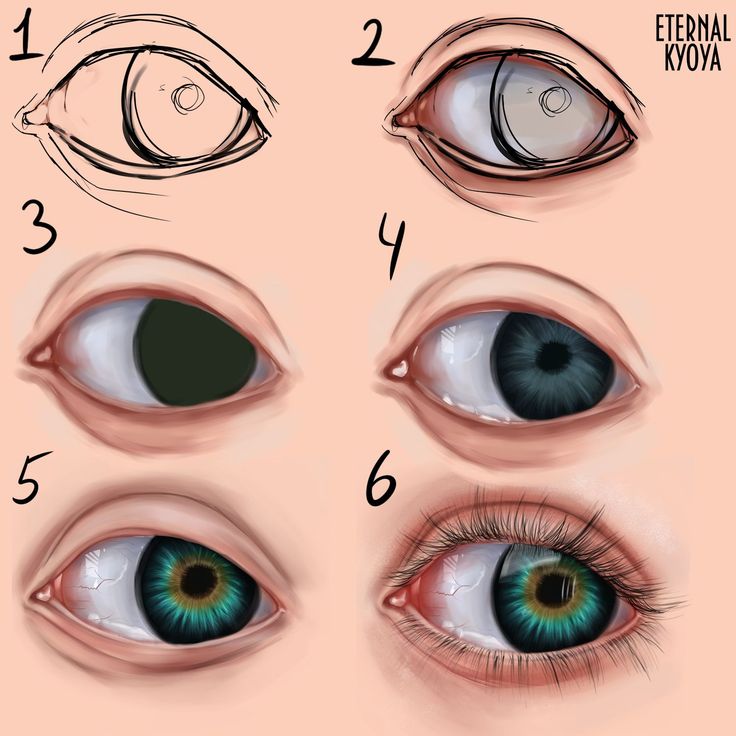Tired eyes are a common symptom of fatigue and lack of sleep. In literature, authors often try to convey this feeling through words. But how can we accurately describe tired eyes in writing? In this article, we will explore different ways to describe tired eyes in writing in a friendly, informative tone.
One of the most common physical signs of tired eyes is drooping eyelids. This means that the upper eyelid appears heavier than usual, and may even partially cover the eye. To describe this in writing, you can use words like “drooping”, “sagging”, or “slack”. You can also mention that the eyes appear “heavy” or “tired”.
Another way to describe tired eyes is through a hazy, unfocused gaze. This means that the eyes seem distant and unfocused, as if they are not really seeing anything. To portray this in writing, you can use words like “cloudy”, “vacant”, or “glazed over” to describe the eyes.
Another common sign of tired eyes are puffy circles beneath the eyes. These are caused by poor circulation and lack of sleep, and can make the eyes look swollen and sunken. To describe this in writing, you can use words like “swollen”, “puffy”, or “dark” to describe the area beneath the eyes.
In addition to puffy circles, some people may have dark shadows under their eyes. These shadows are caused by poor nutrition, dehydration, and lack of sleep. To describe these in writing, you can use words like “shadowy”, “shaded”, or “blackened” to describe the area beneath the eyes.
Another common sign of tired eyes is heavy-lidded eyes, which can be difficult to keep open due to fatigue. To describe this in writing, you can use words like “heavy”, “droopy”, or “lidded” to describe the eyes. You can also mention that it is difficult for the eyes to stay open, and that they seem to want to close.
You can also mention that it is difficult for the eyes to stay open, and that they seem to want to close.
You can also use phrases like “struggling to stay awake” to emphasize the difficulty of keeping the eyes open. This can help to create an image of someone who is exhausted and struggling to stay awake.
Fatigue is one of the main causes of tired eyes, and it can cause the eyes to look dull and lifeless. To describe this in writing, you can use words like “dull”, “lifeless”, or “drained” to describe the eyes. You can also mention that the eyes appear “empty” or “lifeless”.
When describing how fatigue affects the eyes, you can also use metaphors to create vivid images. For example, you can say that the eyes look like “empty wells” or “soulless pools”, or that they are “bleak and colorless”. This can help to convey the feeling of exhaustion and fatigue.
Finally, you can use words like “exhausted”, “drained”, and “worn out” to describe the appearance of tired eyes.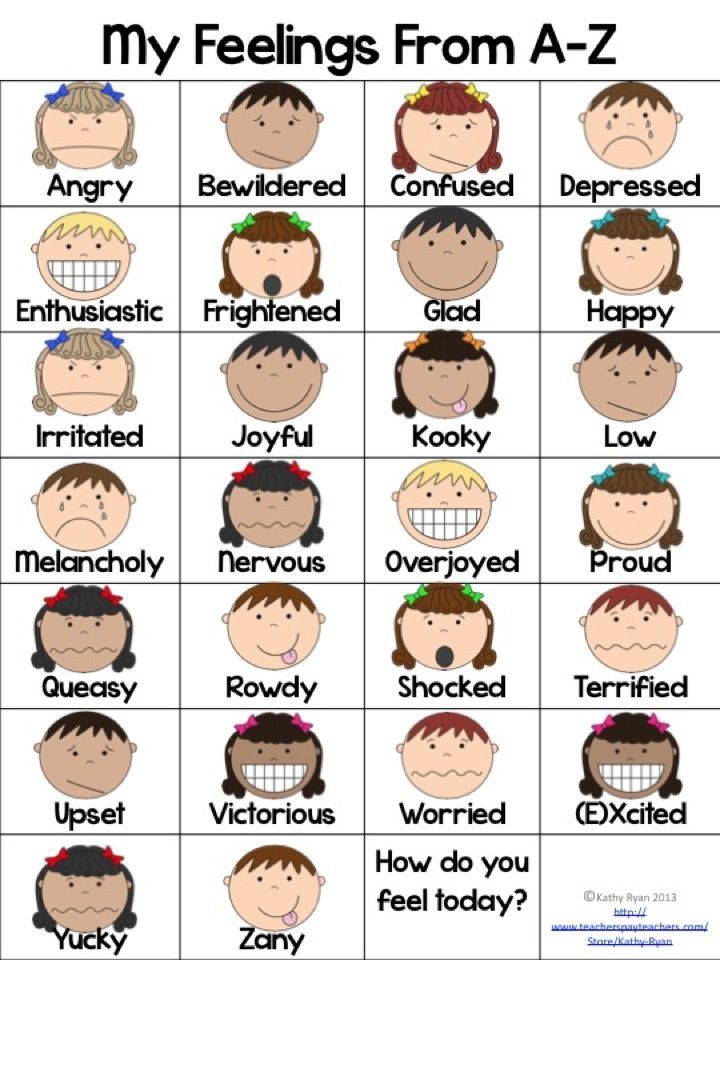 These words can help to emphasize the feeling of fatigue and exhaustion, and can help to create a vivid image of someone who is completely exhausted.
These words can help to emphasize the feeling of fatigue and exhaustion, and can help to create a vivid image of someone who is completely exhausted.
You can also use phrases like “beyond exhaustion” or “on the brink of collapse” to emphasize the feeling of exhaustion. This can help to create an image of someone who is completely spent and unable to go on.
In this article, we explored different ways to describe tired eyes in writing. We discussed physical descriptions like drooping eyelids and hazy gazes, as well as the effects of fatigue on eye appearance. We also looked at words like “exhausted”, “drained”, and “worn out” to help convey the feeling of fatigue and exhaustion. By using these techniques, you can create vivid descriptions of tired eyes that capture the feeling of exhaustion and fatigue.
(Note: Is this article not meeting your expectations? Do you have knowledge or insights to share? Unlock new opportunities and expand your reach by joining our authors team. Click Registration to join us and share your expertise with our readers.)
Click Registration to join us and share your expertise with our readers.)
Categories
Character writing Writing description
Learning how to describe eyes in a story without resorting to cliché helps set your writing apart from amateurish fiction. Many beginning authors over-rely on eye descriptions and eye color to create an impression of their characters. Here are 7 tips for talking about your characters’ eyes creatively:
Learning how to describe eyes in a story without resorting to cliché helps set your writing apart from amateurish fiction. Many beginning authors over-rely on eye descriptions and eye color to create an impression of their characters. Here are 7 tips for talking about your characters’ eyes creatively:
Let’s unpack these ideas a little:
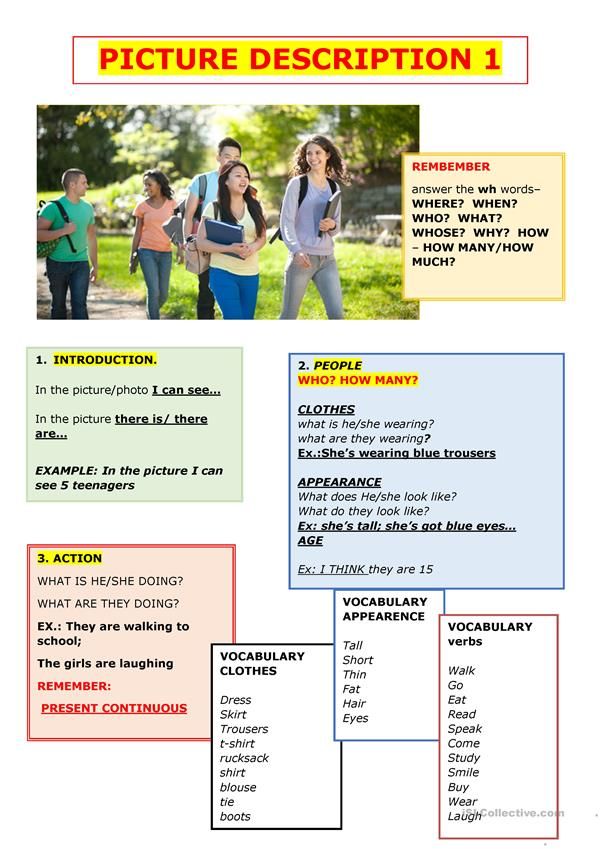 Avoid fixating on eye colorSource: http://www.wookmark.com/image/507850
Avoid fixating on eye colorSource: http://www.wookmark.com/image/507850The color of a person’s eyes doesn’t tell us whether they are kind or cruel, an optimist or a pessimist. Often aspiring authors focus on the eyes more than anything else when describing characters. While this is a feature we notice (especially if a person has unusual, striking eyes), there are many other interesting facial features.
As an exercise, practice describing a character’s face. Describe their mouth, nose, brow, chin and ears. Find a simile or metaphor for each (e.g. ‘His mouth was a tight red knot.’)
One way to make eye description more interesting is to make characters’ eyes stand out in relation to character traits or other features:
People’s appearances are often full of strange juxtapositions and contrasts. The man with the big, ruddy face might have small, delicate hands. One way to describe characters’ eyes effectively is to use them to create contrast. For example, a character who has a nervous temperament could have an intense, penetrating stare that one wouldn’t expect, given their nervous or avoidant behaviour.
For example, a character who has a nervous temperament could have an intense, penetrating stare that one wouldn’t expect, given their nervous or avoidant behaviour.
One reason descriptions of novel characters’ eyes sometimes reads as cliché is because authors describe eyes apropos of nothing. ‘She smiled and looked across at him with her grey-green eyes’ reads a little awkwardly because the character’s eye color is not particularly relevant. Drawing attention to it almost detracts from the key action here – the momentary connection between two characters.
However, you can use eye description effectively at key points of character development. For example, if a character witnesses a horrific scene, their eyes might seem vacant or otherwise haunted to passersby. In Dostoevsky’s Crime and Punishment, when the protagonist Raskolnikov comes to see an elderly pawnbroker at an unusual time, unarranged, Dostoevksy describes the pawnbroker’s eyes to reflect the changed conditions of their interaction and the woman’s awareness of this:
‘The door was as before opened a tiny crack, and again two sharp and suspicious eyes stared at him out of the darkness.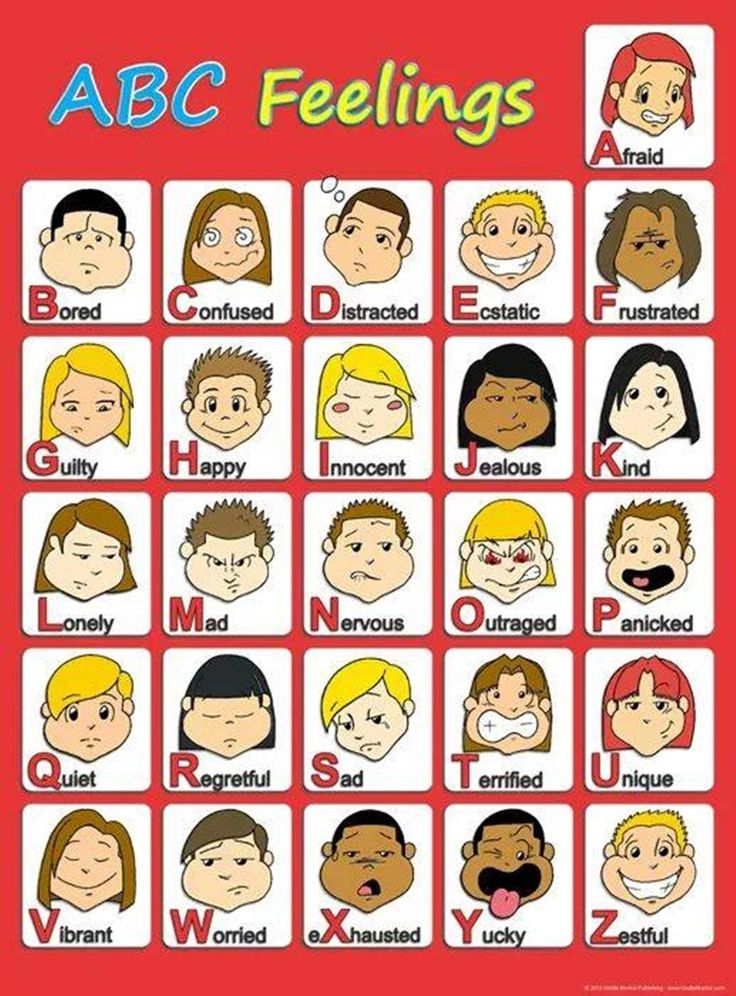 ’ (Crime and Punishment, Chapter 7)
’ (Crime and Punishment, Chapter 7)
Use adjectives that describe how a character’s eyes look to support the tone and mood of a scene, drawing attention to story developments, as Dostoevsky does. Yet don’t over-rely on adjectives to create character impressions. Let actions and words speak too.
Write better character description with the help of practical exercises and videos.
GET GUIDE
To avoid clichéd eye descriptions, instead of describing color describe the eye area. For example, if there are bags underneath a character’s eyes this conveys tiredness and/or anxiety. Eyes that are swollen, puffy or ringed with red indicate recent emotional distress. Narrowed eyes indicate hostility or suspicion. Half-closed eyes indicate drowsiness.
When you get down to it, there are countless ways to describe eyes that show emotion and psychological state in addition to appearance. Make your eye descriptions do more work for your story.
Make your eye descriptions do more work for your story.
To follow on from the above point, think about how your eye descriptions create impressions about your characters’ temperaments and psychologies. For example, a character who blinks often might be a little nervous. On the other hand, a character who rolls her eyes often could be the cynical, ‘so over it right now’ teen.
The important thing is not to overdo eye descriptions. If a character performs an eye movement such as rolling her eyes a few times it conveys her sarcastic nature. Yet if she does this every page, it can stale quickly. Use your discretion.
It’s useful to keep a separate journal for character descriptions you love. That way, whenever you are trying to describe a character, you can page through effective descriptions and remind yourself what works.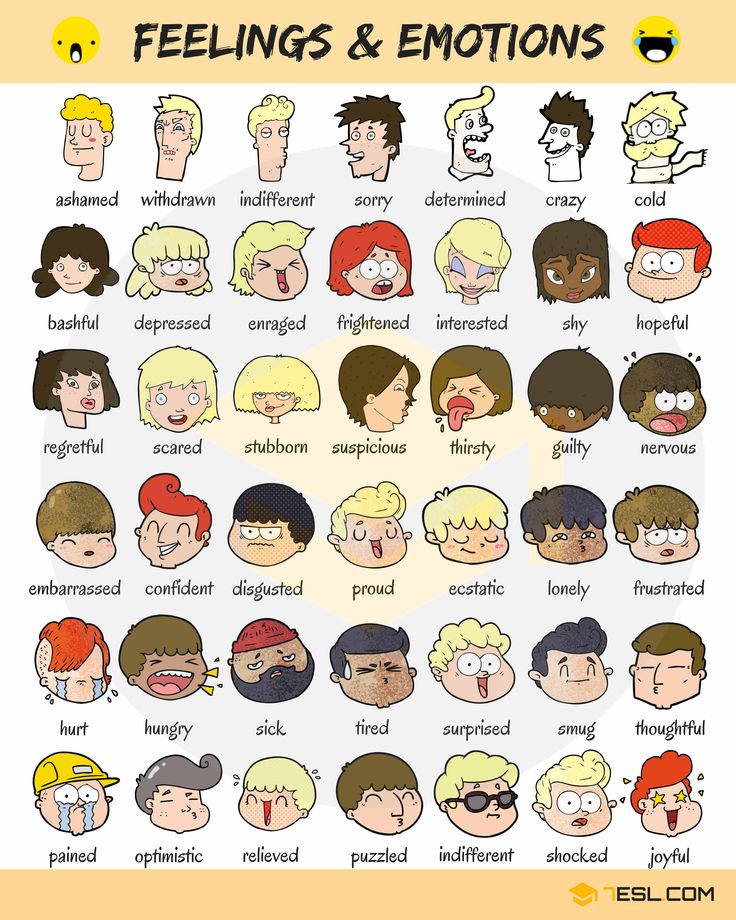
Famous books are peppered with great eye descriptions. For example, in Crime and Punishment, Dostoevsky creates a suitably suspenseful and creepy tone when Raskolnikov’s family come to visit him at his lodgings and are watched suspiciously by the landlady as they enter:
‘[W]hen they reached the landlady’s door on the fourth storey, they noticed that her door was a tiny crack open and that two keen black eyes were watching them from the darkness within.’
The description is simple yet effective. The adjective ‘keen’ comes before the color ‘black’, as it should, being the more descriptive and informative of the two.
Although it’s not effective to simply describe eye color alone, many successful authors do describe eye color – even improbable colors as J.K. Rowling does when she describes the villain of Harry Potter, Lord Voldemort:
‘[His face was] whiter than a skull, with wide, livid scarlet eyes and a nose that was as flat as a snake’s with slits for nostrils’.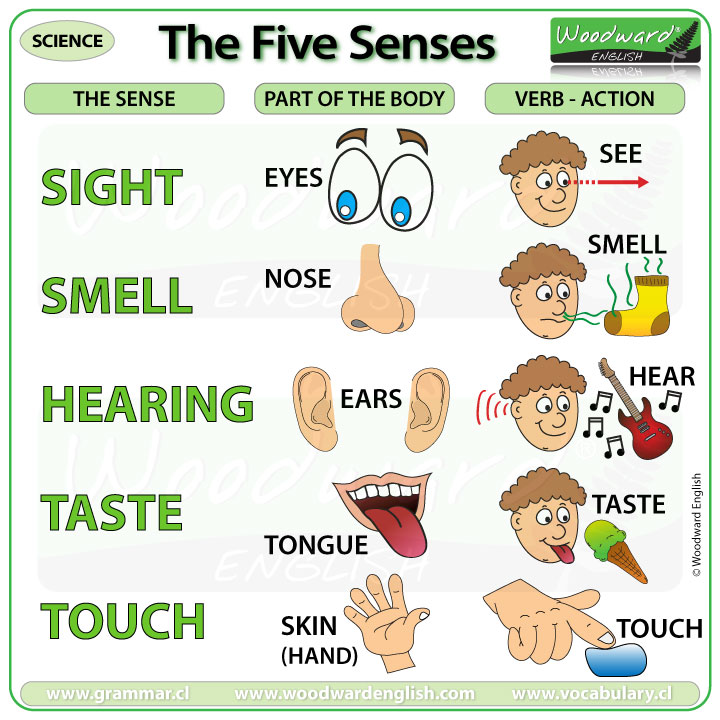
Rowling, like Dostoevsky, places the most important, emotion-conveying descriptor first. Even though Voldemort’s eyes are ‘scarlet’, a non-standard eye color, they are first described as ‘livid’, conveying immense anger appropriate to a villain.
To truly describe characters brilliantly, describe aspects of your character that are most relevant to a given scene. For example, if a character is fleeing the scene of a crime, their eye color is scarcely relevant here. But describing their body language (as they attempt to slip past passersby unnoticed) or breathing can heighten tension.
As important as it is to know how to describe eyes in a story without using cliché, it’s even more important to have rounded character description skills.
Join Now Novel to create detailed character sketches using our guided prompts. Get helpful feedback on your character descriptions from your online writing community.
Our doctors
Garkavenko
Viktor
Valeryevich Ophthalmologist, Candidate of Medical Sciences, specialization: microinvasive glaucoma and cataract surgery.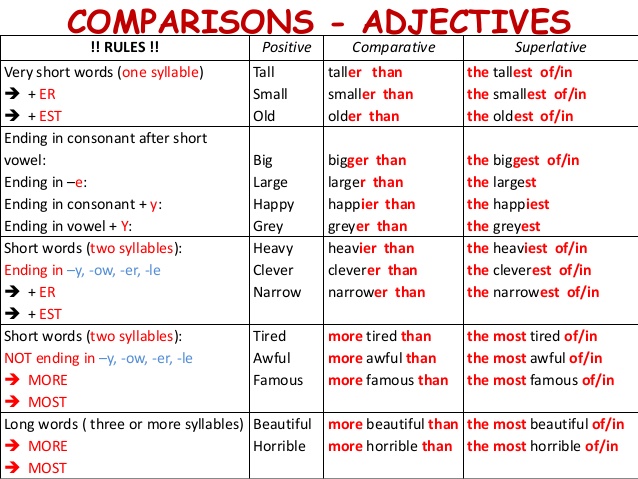 More about the doctor All doctors of the clinic
More about the doctor All doctors of the clinic
Ask a question to the doctors of the clinic
Patients' reviews
Shilova Tatyana Alekseevna
thanks to everyone I express my heartfelt gratitude to nurses Novikova Svetlana Vasilievna and Ionova Larisa Vladimirovna for their kind, sensitive, very attentive attitude towards children. Doctor Petrushenko Oksana Vadimovna for professionalism, attentive and cordial attitude towards patients. And also I would like to thank the head of the Clinic Olyunina Natalya Nikolaevna and all the staff for the excellently organized business, an important and noble cause. Thanks to everyone, we are very pleased with the attitude, the situation in the Clinic, and the result of the treatment.
All reviews
Maybe it's asthenopia.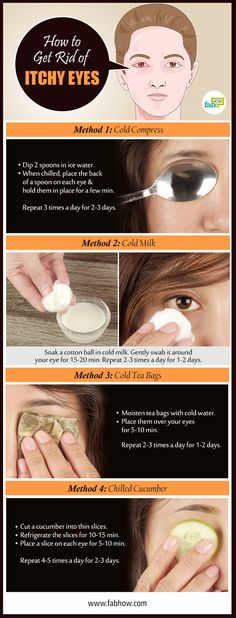 The name is unfamiliar, but the state itself is familiar to everyone. This term ophthalmologists call eye fatigue as a result of prolonged intensive work. A person feels symptoms of asthenopia while reading a book or text from a computer screen, or after many hours of driving.
The name is unfamiliar, but the state itself is familiar to everyone. This term ophthalmologists call eye fatigue as a result of prolonged intensive work. A person feels symptoms of asthenopia while reading a book or text from a computer screen, or after many hours of driving.
Visual tasks that require high concentration cause overexertion and spasm of muscles, and not only the eyes. The muscles of the eyelids, face, and even the jaw are also included in the visual process, and to such an extent that pain and discomfort are sometimes felt. Lighting also plays a role: the eyes get tired quickly in dim light. Looking intently at the monitor, carried away by his tasks, a person blinks less often, and asthenopia is accompanied by dryness of the eyeball. Refractive errors - nearsightedness and farsightedness - exacerbate eye fatigue.
In general, the symptoms of asthenopia are varied:
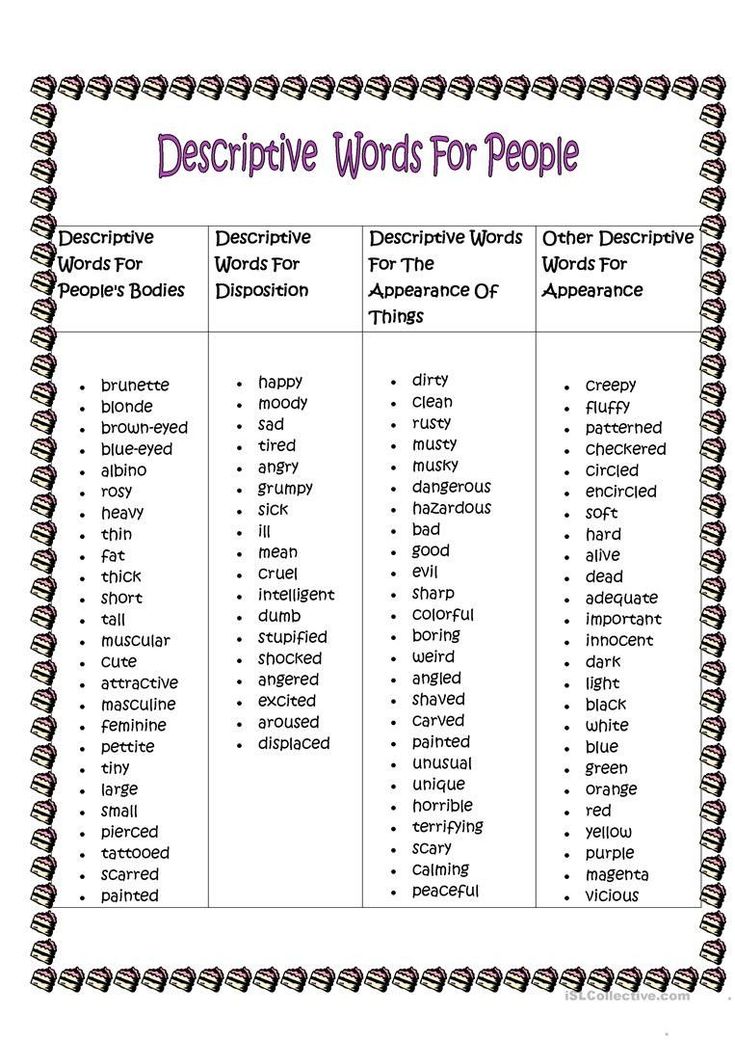
Many of these signs are also characteristic of eye diseases, astigmatism, farsightedness or nearsightedness. To understand the true cause, it is still better to come for a consultation with an ophthalmologist and undergo a comprehensive eye diagnosis.
It is impossible to reduce the load on vision in the modern world - work, entertainment are unthinkable without gadgets. It’s not worth putting up with fatigue, especially since it’s easy enough to relieve tension.
Here are a few "recipes" available to everyone:
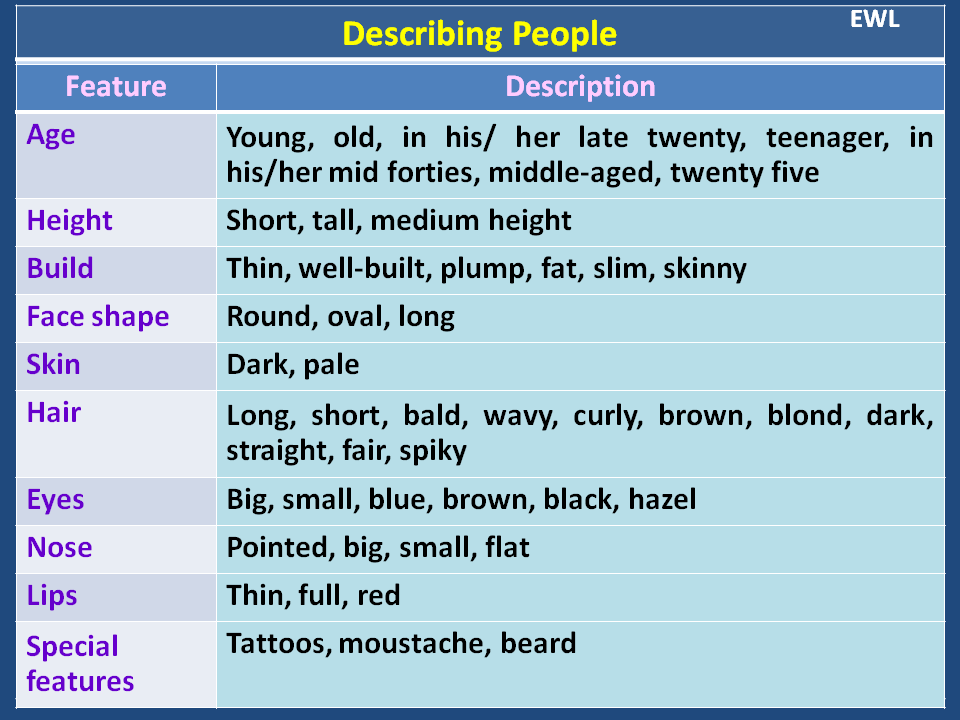
And don't forget to blink and breathe, no matter how absurd it may sound. Tears wash away germs and provide the cornea with the necessary lubrication, while deep breathing supplies oxygen to the eyes.
A little self-care and the discomfort will leave you. And trust the specialists for serious vision problems.
Our doctors
Zaitseva
Alina
Sergeevna More about the doctor All doctors of the clinic
Ask a question to the doctors of the clinic
Patient reviews
Plis IM
Good luck to you! I want to express my gratitude to the staff of the Clinic for their attention and professionalism.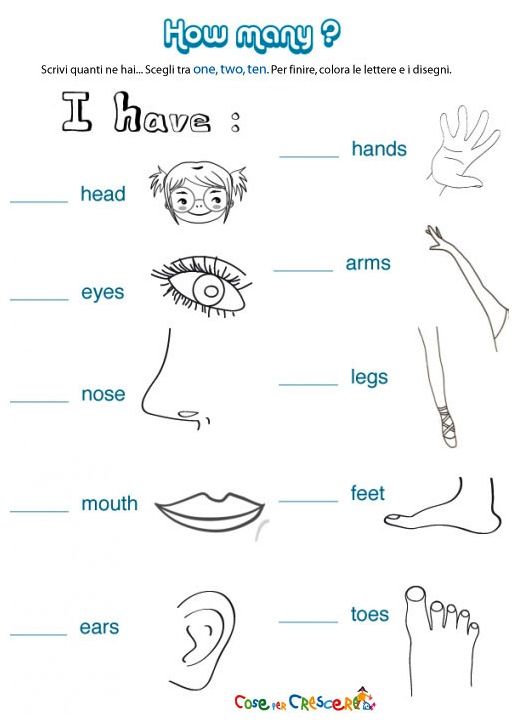 That's professionalism!!! Since now more and more often other concepts come to the fore: “commercial benefit”, “unfair advertising”, etc. Thank you so much for being you! Good luck, prosperity, all the best!
That's professionalism!!! Since now more and more often other concepts come to the fore: “commercial benefit”, “unfair advertising”, etc. Thank you so much for being you! Good luck, prosperity, all the best!
All Reviews
If your eyes are tired, itchy or watery, and by the evening reading becomes completely impossible, you may have dry eye syndrome. It is not worth putting up with: in the long term, this unpleasant condition leads to constant irritation and even the appearance of scars on the cornea.
This is a fairly common eye problem. Many patients turn to the Maerchak Laser Eye Microsurgery Clinic with the question of how to treat the "dry eye" syndrome.
The condition is dangerous because it makes the cornea prone to infection and inflammation, reduces visual acuity.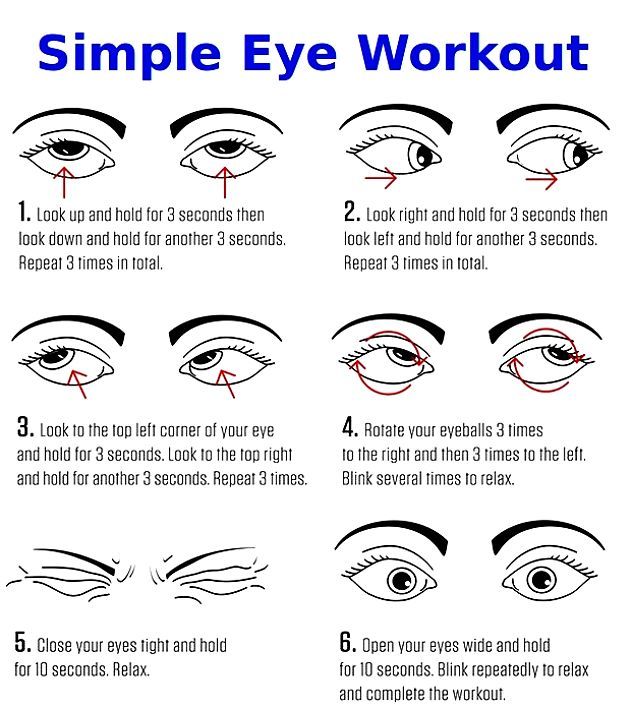 Increased dryness of the surface of the eyeball prevents laser vision correction and treatment.
Increased dryness of the surface of the eyeball prevents laser vision correction and treatment.
The following symptoms indicate a possible dry eye syndrome:
Oddly enough, tearing is also a symptom of the syndrome. The fact is that the violation of the integrity of the tear film includes a compensation mechanism - more tears are produced, which, however, cannot restore the normal protective coating.
The tear film washes the eye, moisturizes its surface, removes dirt, microorganisms and dead cells. Normally, it consists of three layers:
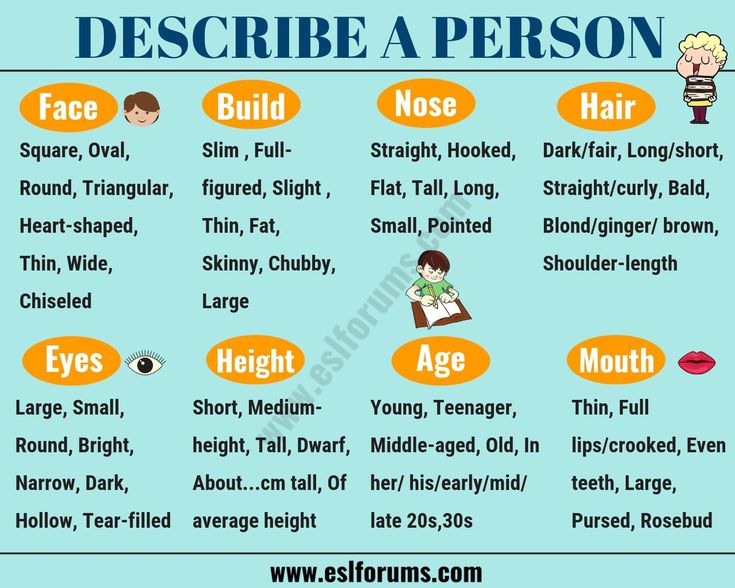 Thanks to this layer, the tear film is evenly distributed over the anterior surface of the eyeball and adheres to it.
Thanks to this layer, the tear film is evenly distributed over the anterior surface of the eyeball and adheres to it. Problems in any of these layers rupture the tear film and can cause the syndrome.
Two main causes of the pathological condition:
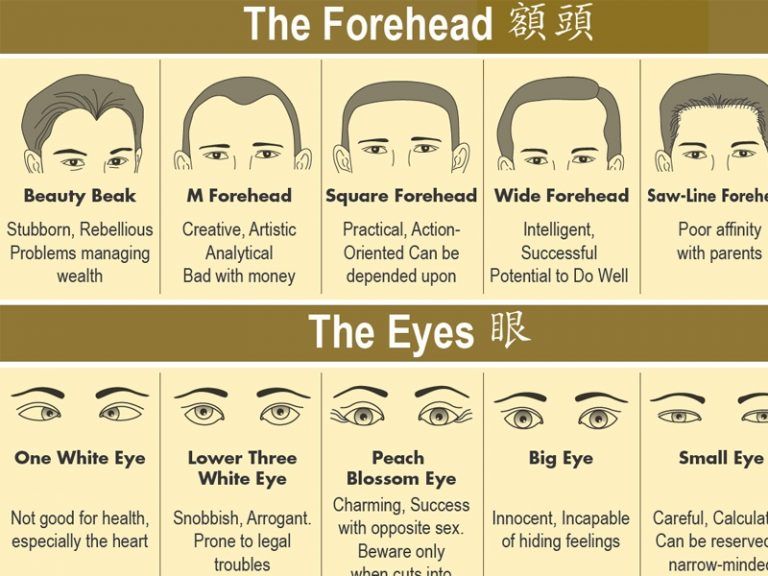 You can cope with this with the help of special contact lenses.
You can cope with this with the help of special contact lenses. Before you run to the pharmacy and buy drugs for the treatment of dry eye syndrome, it is important to understand the cause of discomfort, that is, to be examined by an ophthalmologist. In addition to examining and questioning the patient, the doctor analyzes tear production using special tests.
In addition to examining and questioning the patient, the doctor analyzes tear production using special tests.
Depending on the cause, the intensity of symptoms, the treatment of dry eye syndrome is in three directions:
If the basis of the "dry eye" is an infectious disease, treatment begins with it.
Ophthalmologists of our Clinic are attentive to the health of patients, so they tell everyone how to increase tear production and restore the natural tear film. If non-drug methods are ineffective, the ophthalmologist selects drops.
In severe cases, the lacrimal ducts are blocked with silicone plugs that retain fluid on the cornea.
For those who want to maintain healthy vision and avoid the unpleasant symptoms of "dry eye", our ophthalmologists advise to adhere to simple rules:
